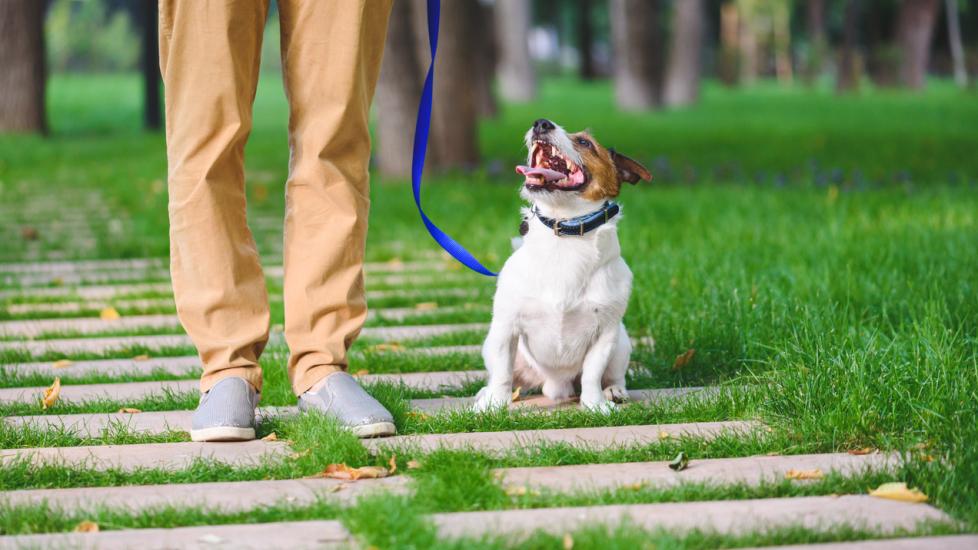Training your dog with positive reinforcement is not only the most humane and effective method, but it’s also incredibly rewarding for both you and your furry friend. By focusing on what your dog does right instead of punishing mistakes, you create an environment that encourages learning and promotes a strong bond between you and your pet. Here are some tips to help you train your dog using positive reinforcement:
-
Set Clear Expectations: Before starting any training session, make sure everyone in the household agrees on the rules and expectations they have for their dogs. This consistency will prevent confusion and ensure that your pup knows exactly what is expected of them.
-
Start Simple: Begin by teaching basic commands such as “Sit” or “Stay.” These foundation skills can be taught through clicker training, which uses a small device that makes a clicking sound when your dog performs the desired behavior correctly. When your dog sits (or stays) upon command, immediately reward them with treats and praise while saying something like “Good sit!” The combination of a treat and verbal praise helps reinforce the correct action.
-
Make It Fun: Dogs love playtime, so incorporate games into your training sessions. For example, practice recall (coming when called) by playing fetch or tug-of-war before calling them back to you. If they come running, shower them with affection and give them the toy or end the game – this creates a strong association between coming to you and having fun.
-
Timing Is Key: Reward your dog within one second after he completes the task successfully. If there’s too much delay between the behavior and the reward, your dog may lose focus or become unsure about why they received a treat.
-
Progressive Training: Once your dog masters simple commands, gradually increase difficulty levels. For instance, once they understand “Sit,” introduce new behaviors like “Down” or “Wait” during meal times or doorways where patience is essential. Always use positive reinforcement regardless of how long it takes for your dog to learn each step; every attempt counts towards progress.
-
Consistency Counts: Be consistent with rewards, commands, and timing across all environments and people who interact with your dog. Your pup needs to know that performing well always leads to good things, no matter who is around or where they are.
-
Positive Energy: Keep your energy high and upbeat throughout training sessions. A calm yet enthusiastic demeanor will encourage your dog to stay engaged and motivated without feeling stressed or anxious about making mistakes.
-
Practice Every Day: Just like humans need regular practice to master a skill, dogs benefit from daily repetition of learned behaviors. Incorporate short training breaks throughout the day rather than saving everything for formal sessions – this keeps training fun and prevents boredom.
-
Use Rewards Wisely: Treats should be used sparingly outside of training sessions to maintain their effectiveness. Instead of food rewards alone, consider other forms of reinforcers such as toys, affectionate pets, or even access to a favorite spot indoors. Variety can keep training interesting for both parties involved!
-
Understand Limitations: Each dog has its own personality and capabilities. Some breeds may excel at certain tasks more quickly than others due to genetics, but remember that every individual learns differently. Adjust your approach accordingly based on your dog’s unique traits.
By following these guidelines and being patient with yourself and your four-legged companion, you’ll soon see remarkable improvements in obedience, understanding, and overall communication between you and your beloved pet. Remember that positive reinforcement isn’t just about getting results; it’s about fostering trust, respect, and mutual enjoyment in the company of man’s best friend.
